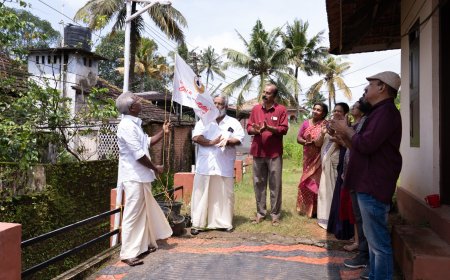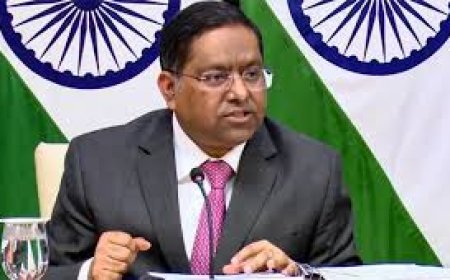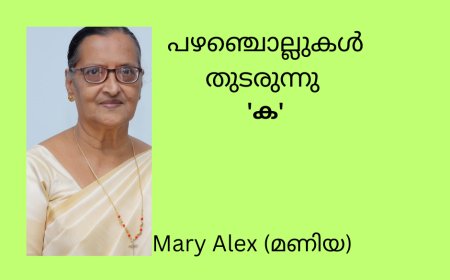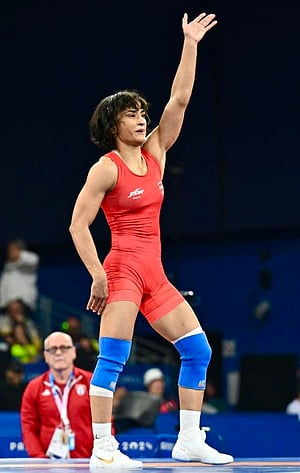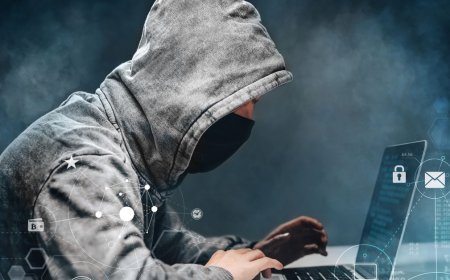US presidential election

US presidential election is watched by the whole world. This year’s election was supposed to be between the incumbent president and a former president - both above 78 years old. President Joe Biden had a narrow victory the first time they ran each other.
Due to his age (81 years) and other health considerations, the Democratic Party asked Biden to withdraw his candidacy, even though he had a large majority of delegates in the Democratic Party Primary election. Biden decided to withdraw his candidacy and endorsed Vice President Kamala Harris to be the Democratic Party candidate. Soon most of the Biden delegates and most of the party leaders declared support for her and she was elected as the democratic nominee for President on August 7.
This new phenomenon has totally changed the US Presidential Election Process,
As you know the Primary election process which started in February easily nominated both Donald Trump and Joe Biden as the candidates. After the primary process through which each State elects delegates to the party convention to support a specific candidate, the party convention takes place where the candidate is officially selected and then the candidate nominates the vice presidential candidate, who also is approved by the convention delegates from each State.
Republicans at their convention officially elected former President Donald Trump and US Senator from the State of Ohio J.D. Vance as Presidential and Vice Presidential candidates respectively.
Democratic Party Convention starts on August 19, whereVice President Kamala will be officially nominated as the Presidential candidate and Governor of Minnesota Tim Walz as the Vice Presidential candidate. The full campaign starts afterwards.
The presidential campaign process starts about 18 to 24 months before the actual election on the first Tuesday (other than Nov 5). This year it is on November 5 and every four years afterwards. The new president swears in on January 21.
The presidential election process was unique this time. Donald Trump, who was president from 2017 tile 2020, declared to be a candidate in the Republican Primary and he did not have much of an opposition and easily won all the primaries in every State.
Similarly, President Joe Biden, being the incumbent did not have much of a challenge in the Democratic primaries. Suddenly President Biden on July 21 decided to withdraw from the process and endorsed his Vice President Kamala Harris as the Democratic nominee. She got unanimous support from the delegates elected to support Joe Biden, and therefore will become the Democratic Party candidate.
This sudden change in the Democratic candidate turned the process upside down. Public polls by various institutions had shown Trump leading and suddenly the lead changed to Kamala Harris. It is going to be a close race. Some of the States are strong Republican and are called Red States and some others are strong Democratic, called Blue States.
Among the four big states, California and New York are Democratic and Texas and Florida are Republican. There are about seven states, Wisconsin, Michigan, Pennsylvania, Nevada, Arizona, Georgia and North Carolina, which are now called Swing States, where sometimes Republican win and sometimes Democrat wins, and the results of these States will decide the winner unless there is going to be a landslide for one of the candidates.
The race gets into full swing in September. Almost all states allow early voting. People can go to the County (District) office, get ballots and cast their votes in sealed boxes, which are opened only after the election is closed on November 5.
Both presidential candidates and their Vice Presidential running mates along with the party leaders will travel all over the United States for campaign. There will be campaign commercials in TV, Radio and Social media on regular basis. There will be attacks and counterattacks. The media will be covering the events regularly. The rule is that both candidates be given equal time, which is monitored. There is a couple of third-party candidates, and nobody, except Robert Kennedy Jr. may get around 4 to 5% support.
As in India, where caste, religion, region etc. impact the type of support, in the USA, there are black, Hispanic or Latino, white, LGBTQ and pro-evangelical groups. Democrats usually get 70 to 90 per cent black support, 50 plus per cent Hispanic and Latino vote, while Republicans get pro-evangelical support and white men's support. Conservatives support Republicans and Liberals support Democrats. Asians and most minority groups support Democrats. In the Southern States, the majority are Republicans and in the Northeast and Western States, Democrats constitute the majority.
Getting more people who support getting registered and increasing the enthusiasm for support is key to the victory. Each campaign spends up to $ 2 billion, which includes commercials on TV, print and other media, campaign rallies in all 50 states by the candidates and the leaders in each party who support them, voter registration campaigns and on election day ensuring the supporters vote.
At this time all the polls show a small lead for Kamala Harris and Tim Walz. It is going to be a tight race, as I have written, a few swing states (also called Purple States) will decide the result. Between now and November, anything can happen, some big negative news on a candidate or health issues. In my next editorial due in three weeks, I shall update the US Presidential election's status.




